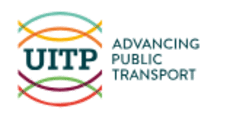Protect your IT systems and networks by adapting security on an ongoing basis, to prevent and act on threats and risks that may appear in your digital ecosystem.
Today’s work environments demand the use of cybersecurity tools capable of assessing risks and threats to systems on an ongoing basis, beyond authorizing access to the network, within a zero trust CARTA framework.
Permanent monitoring of all network elements.
Continuous traffic analysis and machine learning to detect patterns or anomalous behavior.
Detection of the compromised network node and notification to the SD-WAN orchestrator.
Anticipation of threats and attacks with contextual decision making.
Dynamic modification of the network topology to isolate threat traffic.
The emergence of cloud-hosted business tools and their access via the Internet is becoming a new paradigm for companies and administrations. The public cloud allows organizations cost savings (CAPEX), high processing capabilities, reliability, and scalability to meet needs.
The combination of a public cloud infrastructure and a private cloud/on-premises infrastructure gives rise to the concept of the hybrid cloud, so as to get the best of both worlds.
The move to a public cloud makes it necessary for organizations to adopt security measures in communications, detecting and preventing malware, and protecting the integrity of both their own and client data. Communications security has been around for some time. Organizations, however, do not only need the currently available IDS/IPS tools, but they also need these tools to have the ability to self-learn and prepare for new malware threats.






